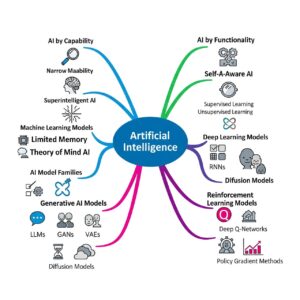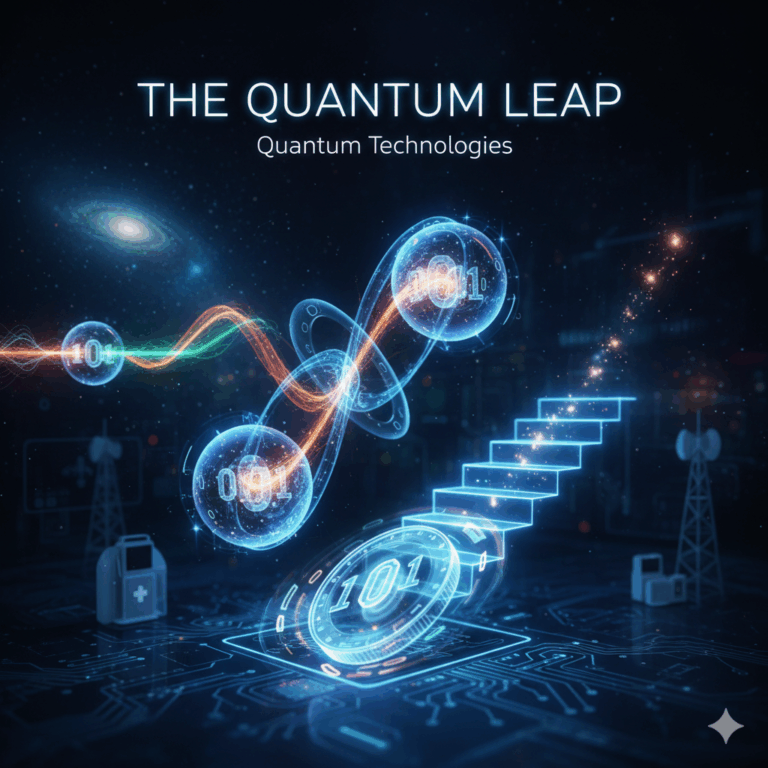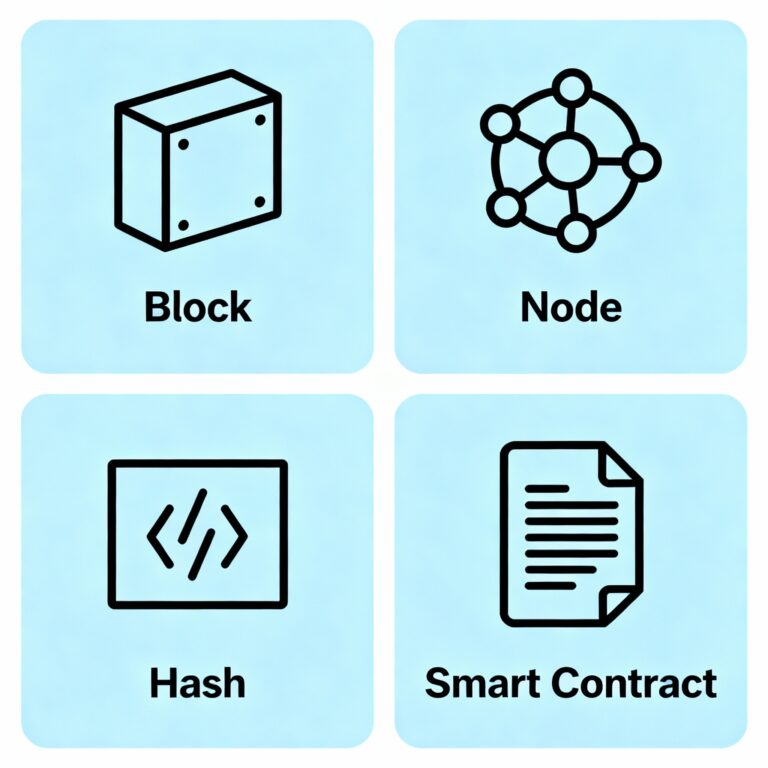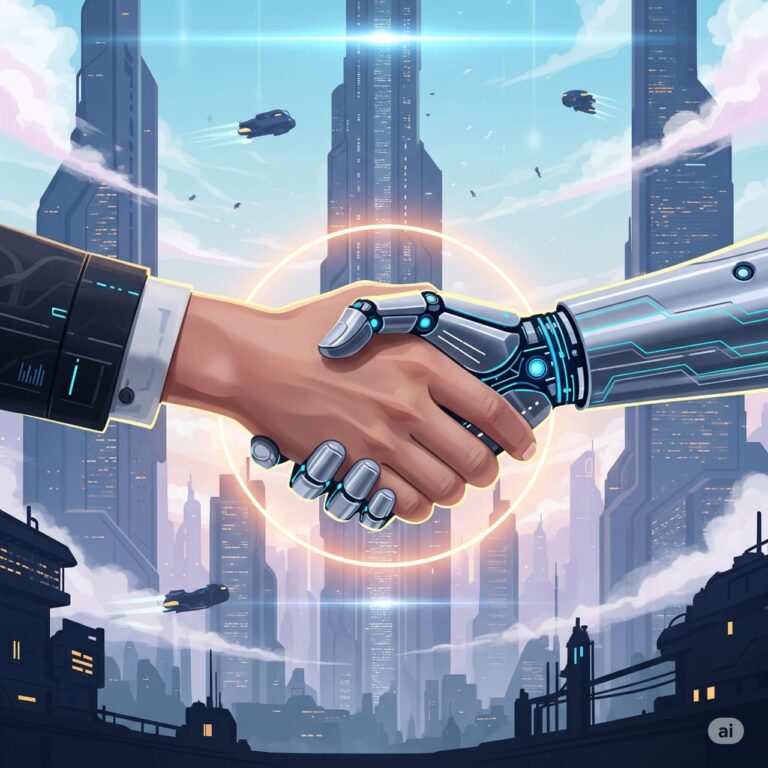Types of AI (for beginners)
Types of AI: A Complete Guide for Beginners
The AI revolution began on November 30, 2022, when OpenAI released ChatGPT to the world¹. Before this moment, we needed to switch between various models for different tasks – one for image generation, another for storytelling, and yet another for deep research. But those days are gone. Modern AI models like ChatGPT, Gemini, Claude, and others have integrated these features into single, powerful systems accessible to everyone.
Since ChatGPT attracted global attention, AI has become not just accessible but capable of handling almost every task we throw at it. Most AI models today are available for free or at low cost for personal use, making this technology truly democratized.
As someone who’s been fascinated by AI for 2-3 years since completing my graduation, I’ve been planning to start a blog about this transformative field. Today, let’s dive deep into the different types of AI we currently know about, exploring their capabilities, functionalities, and what makes each one unique.
Understanding AI Classifications
Artificial Intelligence isn’t a monolithic technology. To understand it properly, we need to look at AI from different perspectives². There are several ways to categorize AI systems, but the most useful approaches focus on:
- AI by Capability – How intelligent and versatile the system is
- AI by Functionality – How the system operates and processes information
- AI Model Families – The technical approaches used to build these systems
Let’s explore each of these in detail.
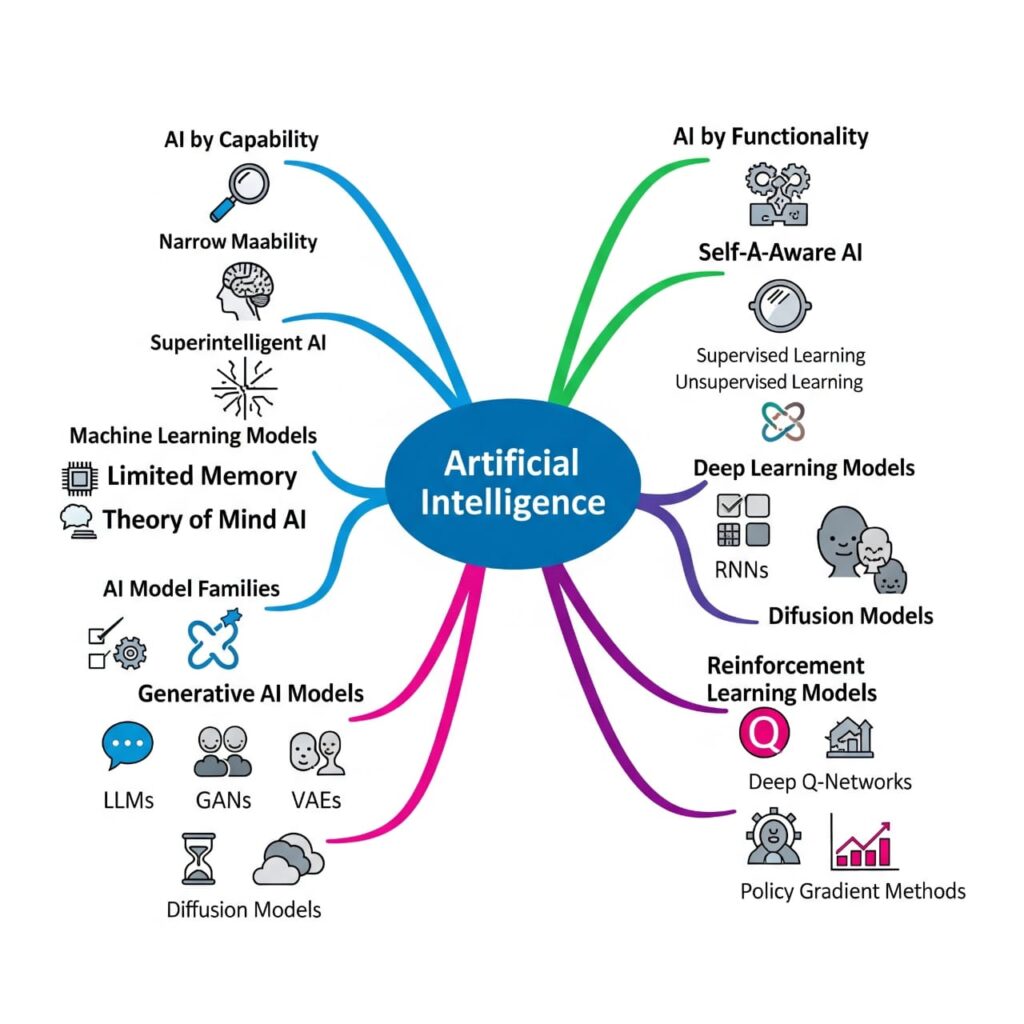
Types of AI by Capability
This classification system looks at the breadth and depth of AI intelligence, ranging from highly specialized systems to hypothetical superintelligent machines³.
1. Narrow AI (Weak AI)
Current Reality: This is where we are today.
Narrow AI systems are designed for specific tasks and excel within their limited domain. They lack general intelligence and cannot transfer their knowledge to unfamiliar problems⁴.
Key Characteristics:
- Built for specific purposes like language translation, spam filtering, or game playing
- Can be rule-based systems or expert systems
- Most of today’s AI falls under this category
Examples:
- IBM’s Deep Blue – The chess-playing computer that defeated world champion Garry Kasparov in 1997⁵
- Siri and Alexa – Voice assistants that handle specific commands
- ChatGPT and similar models – Advanced but still narrow AI focused on language tasks
- Self-driving car systems – Trained based on road experiences and traffic data
- Spam filters and recommendation systems
2. General AI (Strong AI)
Current Status: Theoretical concept, not yet achieved.
General AI would possess human-level cognitive abilities across all domains. These systems would understand context, learn from experience, and solve unfamiliar problems just like humans do⁶.
Key Characteristics:
- Human-level intelligence across multiple domains
- Ability to understand emotions, beliefs, and intentions
- Capable of creative and adaptive reasoning
- Can transfer knowledge between different fields
Current Reality: No true General AI exists today. While systems like ChatGPT appear conversational and intelligent, they’re still specialized language models without genuine understanding or consciousness.
3. Superintelligent AI
Current Status: Hypothetical and speculative concept.
This represents AI that surpasses human intelligence in all dimensions – creativity, problem-solving, and social intelligence. It’s a debatable concept that exists primarily in science fiction⁷.
Characteristics:
- Intelligence far exceeding human capabilities
- Potentially capable of recursive self-improvement
- Could solve problems beyond human comprehension
Cultural References: Think Skynet from Terminator – though this remains firmly in the realm of speculation and science fiction.
Types of AI by Functionality
This classification focuses on how AI systems process information and interact with their environment⁸.
1. Reactive Machines
The most basic form of AI.
These systems have no memory and can only react to current inputs. After being trained, they operate on predetermined responses without learning from new experiences.
Examples:
- IBM’s Deep Blue – Could analyze chess positions but couldn’t remember previous games
- Basic recommendation systems – Respond to current user input without historical context
2. Limited Memory
Current standard for most AI applications.
These systems can learn from past data and use historical information to make informed predictions about current situations⁹.
Examples:
- Self-driving cars – Learn from past driving experiences to navigate current road conditions
- Most machine learning models – Trained on historical data to recognize patterns and make predictions
- Modern chatbots – Use conversation history to maintain context
3. Theory of Mind AI
Still under development.
This theoretical AI type would understand emotions, beliefs, intentions, and social interactions. It would recognize that others have thoughts and feelings different from its own¹⁰.
Current Status: No fully developed examples exist yet, though research continues in this area.
4. Self-Aware AI
The most advanced and hypothetical stage.
This would represent AI with consciousness – systems that understand their own existence, have self-awareness, and can make truly independent decisions¹¹.
Current Status: Purely fictional at this point, existing only in science fiction narratives.
AI Model Families
Let’s explore the technical approaches that power different AI systems¹²:
1. Machine Learning Models
The foundation of modern AI, these models learn patterns from data.
Types:
- Supervised Learning – Learns from labeled data for tasks like diagnosis and spam detection
- Unsupervised Learning – Finds patterns in unlabeled data, used for anomaly detection and clustering
- Regression/Classification Models – Make predictions based on input data
2. Deep Learning Models
Advanced neural networks that can process complex data types¹³.
Key Technologies:
- Convolutional Neural Networks (CNNs) – Trained on images, videos, and visual data for tasks like facial recognition and medical imaging
- Recurrent Neural Networks (RNNs/LSTMs) – Handle sequential data like text, speech, and time series analysis
3. Generative AI Models
The stars of the current AI revolution, capable of creating new content¹⁴.
Examples:
- Large Language Models (LLMs) – GPT-4, Claude, Gemini for text generation
- Generative Adversarial Networks (GANs) – Create realistic images and artwork
- Variational Autoencoders (VAEs) – Generate new data similar to training examples
- Diffusion Models – Like Midjourney and Stable Diffusion for image generation
4. Reinforcement Learning Models
AI that learns through interaction and feedback¹⁵.
Technologies:
- Deep Q-Networks (DQN) – Learn optimal strategies through trial and error
- Policy Gradient Methods – Used in robotics and complex decision-making scenarios
- Multi-agent systems – Multiple AI agents learning to cooperate or compete
The Current AI Landscape
We’re living through an unprecedented time in AI development. What started as a need to switch between different specialized models has evolved into integrated systems that can handle multiple tasks. The current generation of AI – including ChatGPT, Gemini, Claude, and others – represents the most advanced narrow AI systems ever created¹⁶.
These systems can engage in sophisticated conversations, write code, analyze data, create content, and solve complex problems. However, they’re still fundamentally narrow AI – incredibly sophisticated, but limited to language and related cognitive tasks.
What’s Next?
The journey from narrow AI to general AI remains uncertain. While current systems are impressive, they lack true understanding, consciousness, or the ability to generalize beyond their training. The path to General AI – if it’s even possible – will likely require breakthrough discoveries in cognitive science, neuroscience, and computer science¹⁷.
For now, we can appreciate the remarkable capabilities of current AI while staying realistic about its limitations. The AI revolution is just beginning, and understanding these different types of AI helps us navigate this exciting but complex landscape.
As AI continues to evolve rapidly, staying informed about these fundamental concepts will help us better understand both the opportunities and challenges that lie ahead.
References
- OpenAI. (2022). “Introducing ChatGPT.” OpenAI Blog. Retrieved from https://openai.com/blog/chatgpt
- Russell, S., & Norvig, P. (2020). Artificial Intelligence: A Modern Approach (4th ed.). Pearson.
- Goertzel, B., & Pennachin, C. (2007). Artificial General Intelligence. Springer.
- Mitchell, T. M. (1997). Machine Learning. McGraw-Hill.
- IBM. (1997). “Deep Blue Defeats Kasparov.” IBM Research. Retrieved from https://www.ibm.com/ibm/history/ibm100/us/en/icons/deepblue/
- Hutter, M. (2005). Universal Artificial Intelligence. Springer.
- Bostrom, N. (2014). Superintelligence: Paths, Dangers, Strategies. Oxford University Press.
- McCarthy, J. (2007). “What is Artificial Intelligence?” Stanford University Computer Science Department.
- Alpaydin, E. (2020). Introduction to Machine Learning (4th ed.). MIT Press.
- Baron-Cohen, S. (1995). Mindblindness: An Essay on Autism and Theory of Mind. MIT Press.
- Chalmers, D. J. (1996). The Conscious Mind. Oxford University Press.
- Bishop, C. M. (2006). Pattern Recognition and Machine Learning. Springer.
- Goodfellow, I., Bengio, Y., & Courville, A. (2016). Deep Learning. MIT Press.
- Radford, A., et al. (2019). “Language Models are Unsupervised Multitask Learners.” OpenAI.
- Sutton, R. S., & Barto, A. G. (2018). Reinforcement Learning: An Introduction (2nd ed.). MIT Press.
- Brown, T., et al. (2020). “Language Models are Few-Shot Learners.” Advances in Neural Information Processing Systems.
- Lake, B. M., et al. (2017). “Building machines that learn and think like people.” Behavioral and Brain Sciences, 40.

